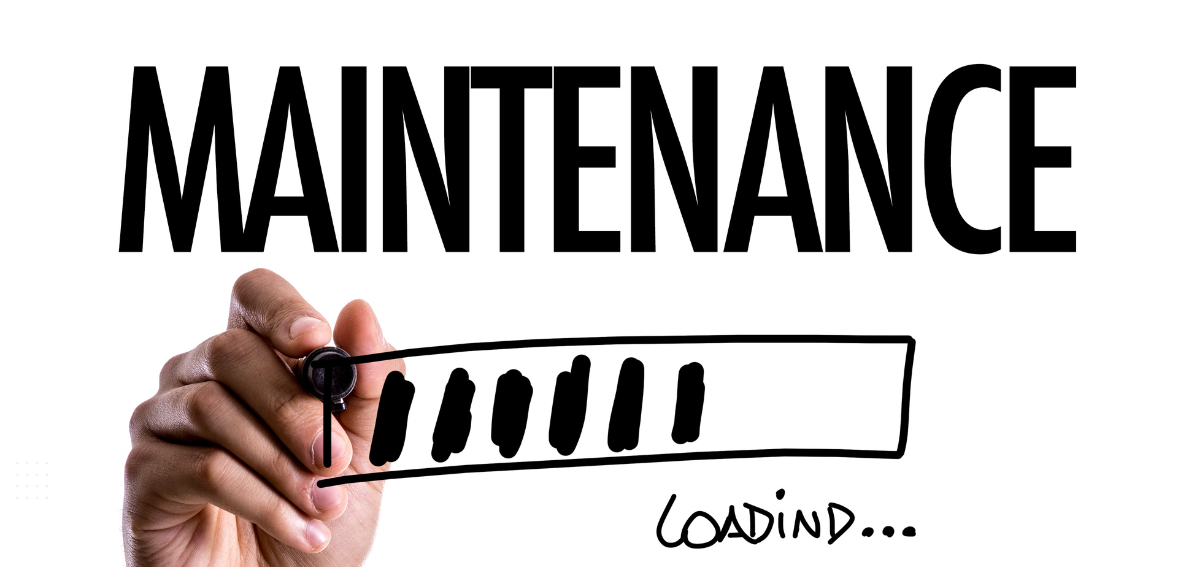In the dynamic landscape of client relationships, identifying maintenance-only clients is crucial for businesses striving for growth and innovation. This article delves into the characteristics of maintenance-only clients, the pros and cons of working with them, and strategies for transforming these relationships into mutually beneficial partnerships.
Characteristics of Maintenance-Only Clients
Limited Project Engagements
Maintenance-only clients typically engage in short-term, routine projects rather than committing to long-term or innovative initiatives. Recognizing this pattern early on is essential for effective client management.
Focus on Routine Tasks
These clients often prioritize routine tasks and may show reluctance towards embracing new challenges or projects that require a departure from their established comfort zone.
Lack of Interest in New Initiatives
A key characteristic of maintenance-only clients is their hesitancy to explore new initiatives. They may prefer the stability of routine tasks over the uncertainty associated with novel projects.
Pros and Cons of Working with Maintenance-Only Clients

Stability and Predictability
Working with maintenance-only clients provides stability and predictability in terms of workflow and revenue. This can be advantageous for businesses seeking consistent income.
Potential Revenue Constraints
However, relying solely on maintenance tasks may limit revenue potential, as these projects may not be as lucrative as more complex or long-term engagements.
Impact on Professional Growth
Professionals working with maintenance-only clients may find limited opportunities for professional growth, as these relationships may not foster skill development or innovation.
Strategies for Identifying Maintenance-Only Clients
Client History Analysis
Examining a client’s history of engagements provides insights into their preferences. Identify patterns of project types and durations to assess their inclination towards maintenance tasks.
Communication Patterns
Monitoring communication patterns can reveal a client’s focus. If discussions consistently revolve around routine tasks with little interest in new ideas, it indicates a maintenance-oriented mindset.
Project Proposal Responses
Evaluate how clients respond to project proposals. Maintenance-only clients may show more enthusiasm for projects that align with their routine while being hesitant towards innovative proposals.
Managing Maintenance-Only Client Relationships

Clear Expectations
Establishing clear expectations from the outset is crucial. Clearly communicate the scope and limitations of maintenance tasks, ensuring both parties are on the same page.
Communication Strategies
Maintain open communication channels to understand evolving client needs. Regular check-ins can uncover opportunities for adding value to routine tasks.
Adding Value to Routine Tasks
Look for ways to enhance routine tasks by incorporating efficiency improvements or suggesting small innovations. Adding value can elevate the client relationship beyond mere maintenance.
Transforming Maintenance-Only Clients
Understanding Client Goals
Engage in conversations to understand the client’s long-term goals. Identify areas where your expertise can contribute to their growth and present tailored solutions.
Introducing New Opportunities
Gradually introduce new opportunities aligned with the client’s goals. Showcasing the benefits of diversifying projects can open doors to more dynamic collaborations.
Collaborative Planning
Collaborate with clients to plan for the future. Develop roadmaps that include a mix of routine tasks and innovative projects, ensuring a balance that fosters growth for both parties.
Case Studies
Successful Transformation Stories
Explore real-world examples of businesses successfully transforming maintenance-only clients into long-term partners. Learn from their strategies and apply similar principles to your own client relationships.
Lessons Learned from Challenges
Understand the challenges faced by businesses in transforming maintenance-focused relationships. Gain insights into common pitfalls and how to navigate them effectively.
The Role of SEO in Identifying Maintenance-Only Clients
Utilizing SEO Analytics
Harness the power of SEO analytics to identify patterns in client behavior. Analyze search queries and website interactions to gauge a client’s interest in routine or innovative topics.
Identifying Patterns in Search Queries
SEO can uncover patterns in client search queries, shedding light on their preferences and focus areas. Leverage this information to tailor your approach and offerings accordingly.
Adapting SEO Strategies
Adjust your SEO strategies based on the identified patterns. Optimize content and marketing efforts to align with the client’s interests, ensuring a more targeted and effective approach.
Balancing Maintenance and Growth
Diversifying Service Offerings
Consider diversifying your service offerings to attract a broader range of clients. This not only expands revenue streams but also provides opportunities for more varied and engaging projects.
Continuous Learning and Innovation
Prioritize continuous learning and innovation within your team. Staying ahead of industry trends and acquiring new skills positions your business as a valuable partner for clients seeking growth.
Setting Boundaries
While pursuing growth, it’s crucial to set boundaries with maintenance-only clients. Ensure a balance that allows for innovation without neglecting the stability provided by routine tasks.
Industry Trends and Maintenance-Only Clients
Impact of Technological Advancements
Explore how technological advancements influence client preferences. Stay informed about tools and solutions that may impact the demand for maintenance or growth-focused services.
Market Demand for Specialization
Assess the market demand for specialization. Identify industries or niches where maintenance-only clients are prevalent and strategize accordingly.
Future Predictions
Consider future predictions in client behavior and industry dynamics. Anticipate shifts in demand and prepare your business to adapt and thrive in an evolving landscape.
Conclusion
In conclusion, understanding and managing maintenance-only clients is a critical aspect of navigating the dynamic business landscape. By identifying these clients early on, implementing effective strategies, and maintaining a balance between routine tasks and growth opportunities, businesses can foster long-term, mutually beneficial relationships.
FAQs
How can I identify if a client is maintenance-only?
Identifying maintenance-only clients involves analyzing project history, communication patterns, and responses to project proposals. Look for a consistent focus on routine tasks and limited interest in new initiatives.
Is it advisable to continue working with maintenance-only clients?
While maintenance-only clients provide stability, businesses should weigh the potential revenue constraints and impact on professional growth. Consider strategies to transform these relationships for mutual benefit.
What strategies can be used to transform maintenance-only clients?
Understanding client goals, introducing new opportunities, and collaborative planning are effective strategies. Adding value to routine tasks and showcasing success stories can also facilitate transformation.
How does SEO play a role in client identification?
SEO helps identify maintenance-only clients by analyzing search queries and website interactions. It provides insights into client preferences, allowing businesses to tailor their approach and offerings.
Can a focus on maintenance hinder professional growth?
Relying solely on maintenance tasks may limit professional growth. To overcome this, professionals should seek opportunities for skill development, innovation, and a balance between routine tasks and growth initiatives.





